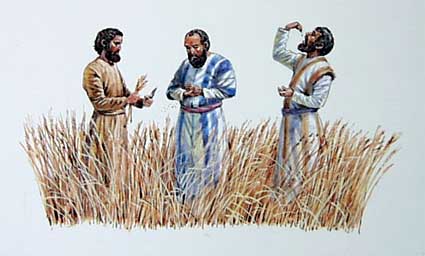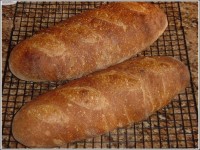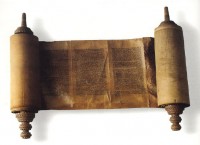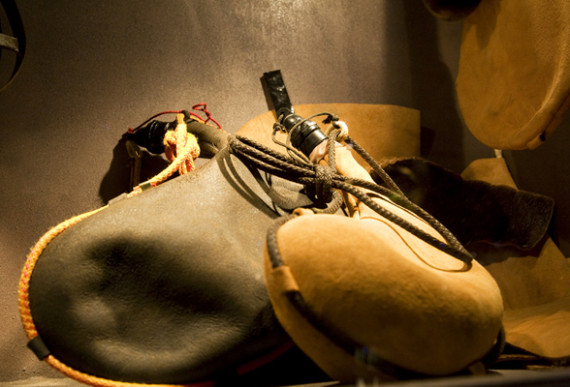
In my Commentary on Luke 6:1-5, I wrote the following about the grain offering that was brought into the Temple at that time of year:
Two things are unique about this offering.
First, it is the only offering that is presented to the Lord with leaven. Leaven, or yeast, is always a symbol for sin in Scripture, and so no other offering ever contained leaven.
Second, this was the only offering that was prepared and shaped by the hands of men. Every other time, when grain or an animal was brought into the temple as an offering, it was offered just as it was. Yes, the grain might be roasted over a fire, and the animal would be slaughtered before it too was roasted, burned, or boiled, but no other actions of forming, shaping, or molding the offerings were to be performed. Only the two loaves on the Feast of Weeks were formed in such a way.
What I did not address is the purpose, symbolism, and application of this unique offering. Let me attempt to do so here.
The Purpose of this Offering
There are multiple purposes for the various sacrifices and offerings that were given to God in the Temple. This offering was to thank God for the first portion of the harvest, and show trust in Him for the remainder. In agrarian societies, bad weather or invaders could quickly ruin your harvest, and so many would quickly store and save the first portion of the harvest, and then later, as the harvest became more bountiful, give of the bounty to whatever deity they worshiped.











